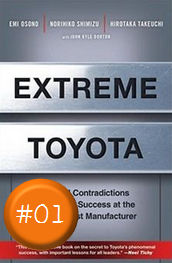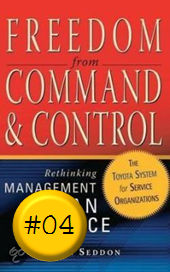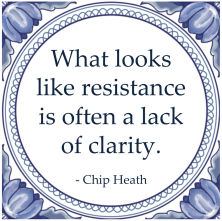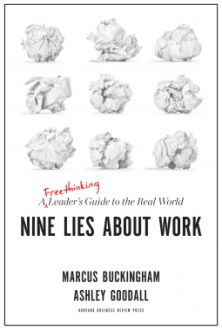
Art Smalley en Durward K. Sobek II beschrijven in hun boek Understanding A3 Thinking het belang van een goede en grondige grondoorzaken-analyse (Root-Cause Analysis) binnen de A3-methode:
![]()
Root-Cause Analysis
The author of an A3 Report should continu the investigation of the current condition until he or she uncovers the root cause of the problem symptoms identified in the current condition diagram. Failing to address the deeply rooted seed of the problem means it will likely recur. The common technique for root-cause analysis is the 5 Why's methode. Using this deductive technique, the problem-solver simply asks a why question approximately five times in series, each time probing the next level of causality. Experience has shown that stopping at two or three whys usually means that the inquiry has not gone deep enough. Finding the root cause may also entail some experimentation. In other cases, an Ishikawa or fishbone diagram might be usefull to determine some of the potential root causes.
...
Toyota practioners have learned that rarely is the first insight correct and is almost never the ultimate cause of the problem. Thus problem solvers must develop the discipline of going beyond the superficial level.
(...)
In practice, real problems often have multiple causes or have causes that are well hidden and cannot be deduced up front using the 5 Why's method. Thus, experimentation may be required to establish cause-and-effect relationships.
(...)
Regardless of the techniques used to determine the root cause, the goal of the root-cause analysis section is to show either through logical deduction or experimentation that cause and effect have been established. Most problem-solving efforts fall incredibly short of this goal. Problem-sovling teams we have observed often list items that are perceived to be problems without establishing any basic level of proof, or they list items that are easy or popular.This is not acceptable in A3 thinking. Either a cause-and-effect relationship should be established or a structured set of experiments performed to test for cause and effect. Otherwise the problem-solver is just guessing at the issues and practicing a form of the "ready, fire, aim" school of problem solving.
(...)
Here are some items to consider in drafting the root-cause analysis section:
- Be sure to show the root cause of the problem(s) identified in the current state.
- Separate symptoms and opinions from cause and effect determination.
- Consider what techniques are most useful for explaining root-cause insight: 5 Why's, Fishbone analysis? Other?
- Identify what tests might need to be performed in order to establish some level of certainty pertaining to cause and effect.
- Summarize the main findings of the root-cause analysis, visually, if possible.
Bron: Understanding A3 Thinking, Durward K. Sobek & Art Smalley




















